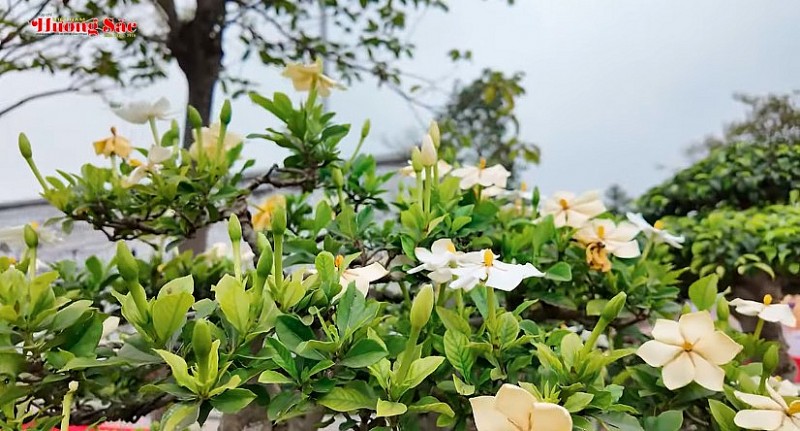Breakthrough mechanisms needed to promote biotechnology application in Hanoi’s agriculture
In the context of climate change, rapid urbanization and increasing demands for food safety, the application of biotechnology in cultivation is becoming an inevitable trend and an urgent requirement for modern agriculture. In Hanoi - the political, cultural, scientific and educational center of the country - the development of green, clean and high value-added agriculture is of particular interest to the City. Biotechnology, as one of the key technologies, is expected to make a great contribution to improving the productivity, quality and efficiency of the cultivation industry. However, the implementation in the capital still has many shortcomings and limitations, requiring stronger, more synchronous and strategic participation from many sides. The scientific workshop with the theme “Application of biotechnology in crops in districts and cities of Hanoi, current situation and solutions” organized by the Hanoi Union of Science and Technology Associations in collaboration with the City Gardening Association received deep attention from managers, scientists and representatives of many production establishments.
Speaking at the opening of the workshop, Chairman of the Hanoi Union of Science and Technology Associations Le Xuan Rao emphasized that Hanoi, despite being a large city, still pays great attention to agricultural development, especially crop cultivation. According to Mr. Rao, biotechnology not only helps improve productivity and quality but is also the key for the capital's agricultural sector to achieve the goal of sustainable development, adapt to climate change, and meet the increasing demands of consumers for safe food.
The implementation of biotechnology in crop cultivation in Hanoi in recent times has made progress, but is still not commensurate with its potential and expectations. The application of technology is still small-scale, fragmented, and lacking in uniformity. The connection between research facilities and producers is still loose, leading to low application efficiency. Some important steps such as restoring native varieties, selecting and creating plant varieties suitable for each region's ecological conditions, applying biological products in pest control, post-harvest processing and preservation, etc. have not been effectively implemented on a large scale.
 |
| Chairman of the Hanoi Union of Science and Technology Associations Le Xuan Rao delivered the opening speech at the workshop. Photo: Hanoimoi. |
According to Dr. Nguyen Thi Thanh Thuy, former Director of the Department of Science and Technology, Ministry of Agriculture and Environment, to successfully apply biotechnology in cultivation, Hanoi needs to build a clear and highly feasible strategy. Clearly identifying key crops associated with production areas is a prerequisite for effectively applying technology into production. Dr. Thuy also emphasized the role of chain linkage, from production - processing - consumption and the role of the State in orientation, creating policy frameworks and financial and technical support.
Not only that, Hanoi needs to unify awareness and action on the role of biotechnology in the new situation. Promoting international cooperation, linking with research institutes, universities and enterprises is the key to learning from experience, accessing new technology and enhancing internal capacity. In addition, the construction of demonstration models, high-tech agricultural production models, and the application of biological products in care, pest control, soil and environmental treatment are directions that need to be prioritized.
Dr. Le Thi Thuy, GFS Institute of Technology, believes that biological products - especially beneficial microorganisms - play a very important role in green agriculture. These are environmentally friendly products, safe for humans and beneficial organisms, and can replace chemical pesticides in many stages of crop production. In particular, in the context that Vietnamese agricultural products increasingly have to meet strict standards from international markets such as the EU, the US, and Japan, the transition to clean, safe production using biotechnology is an inevitable path.
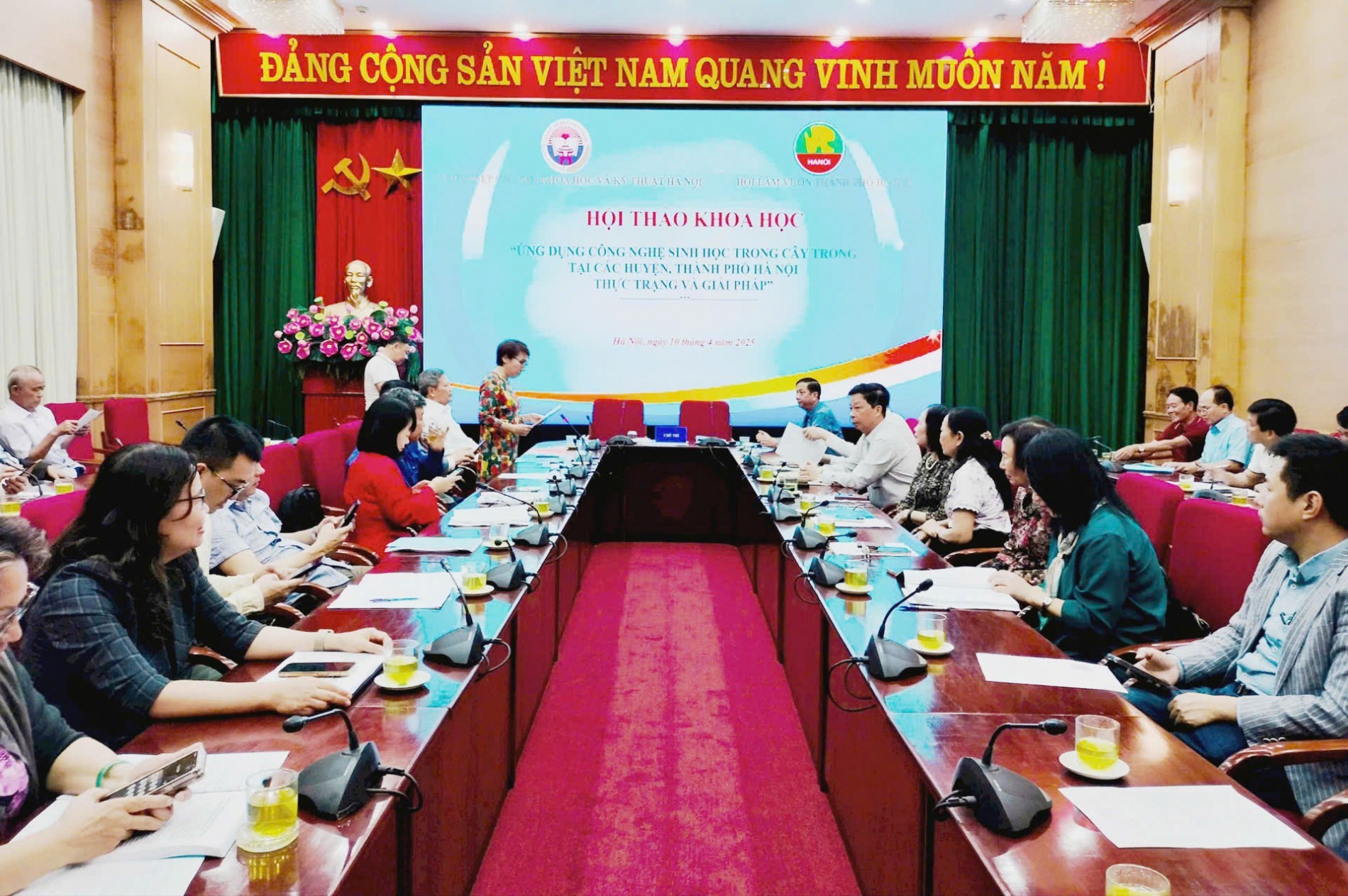 |
| Scene of the scientific workshop "Application of biotechnology in crops in districts and cities of Hanoi, current situation and solutions". Photo: Hanoimoi. |
Also at the workshop, Mr. Nguyen Manh Quynh - Vice President and General Secretary of the Vietnam Association of Gardening, shared:
“Firstly, I am very happy that the Hanoi Union of Science and Technology Associations and the Hanoi Gardening Association jointly organized this workshop, and even happier to see a large number of managers, scientists, professional social associations and some members. There were more than 10 presentations with useful content. This proves the significance and attractiveness of the issue.
Secondly, when talking about the current status of biotechnology application in agricultural production, in my opinion: the problem of resistance or limitation is not due to lack of mechanisms or policies, because the State and Hanoi have been and are paying attention, have had the basic foundations and conditions to deploy and apply biotechnology in the production, processing and preservation of agricultural products, including ornamental flower products. However, what is lacking and still weak and slow is the change and innovation of awareness.
First of all, awareness and actions of local managers and Hanoi. With the role of management and orientation, midwife... have we really paid attention and resolutely implemented and focused on building suitable models? Probably still very limited. Around Hanoi, there are places that have done this well (Lam Dong Province).
And have experts, scientists, and businesses proactively approached, supported, linked, and coordinated with farmers and gardeners to apply biotechnology suitable to conditions, production goals, and crop and livestock varieties? It seems that there is still a big gap and the proactive role is not from both sides.
Third, regarding the ability to access and apply biotechnology to agricultural production, including flowers and ornamental plants. It must be affirmed that: in recent years, our farmers have become smarter, production has clearer goals and purposes, in a small way is to change crop and livestock varieties to have higher productivity; or more importantly, choosing good, disease-free varieties, applying science and technology to production; even more importantly, boldly investing in production, crossbreeding, care, preservation, processing, building product brands... to achieve much higher efficiency than traditional production methods.
In the field of Ornamental Plants, in recent years, farmers and members have known how to apply science and technology, biotechnology to flower and ornamental plant production. Many business models and garden houses in Hanoi (Nhat Tan, Me Linh, Thuong Tin...), Vinh Phuc, Lam Dong... have done and are very successful in growing ornamental flowers (roses, lilies, gladiolus, phalaenopsis...); Craft villages, key areas for growing ornamental plants in the Northern Delta, Mekong Delta..., have applied biotechnology to care for, prevent and control pests and diseases of ornamental plants...
The problem that needs to be solved and promoted here is: How to make more, the majority of farmers realize the problem, want and be enthusiastic to participate in applying science and technology in general, biotechnology in production?
In my opinion, in addition to mechanisms, policies and support from the State on science and technology, infrastructure, financial support policies, land... the role of industry associations, VUSTA, HUSTA, and scientists is to help farmers realize what type, level, stage, and solution of applying science and technology to production. That application must be appropriate, within the investment capacity, and bring the clearest efficiency in terms of product quality and value. We recommend that management agencies and scientists pay more attention to the issue of planning and orienting the market for flower and ornamental plant products, avoiding the vicious circle of supply and demand...
Next, managers, businesses, scientists and media must join together, helping farmers not only build models of applying science and technology, but also help introduce, promote and build product brands.
For Hanoi's ornamental flowers, we hope that the City, departments and branches, the Hanoi Union of Associations, the Hanoi Gardening Association, scientists, businessmen and media agencies will help us build models of applying high-level science and technology in key planning areas, flower and ornamental plant craft villages.
We are ready to support and coordinate to realize this goal, considering it a solution to accelerate the implementation of the goal of developing the ornamental plant economic sector in the capital and the whole country."
However, a notable fact is that most of the microbiological technology research in Vietnam is currently only at an average level. The application in production practice is still limited, and there are not many effective and easily replicable models. Therefore, Hanoi needs to have practical policies to increase the effectiveness of research - transfer - application of biotechnology. In particular, priority should be given to building training programs to raise awareness, knowledge and skills for farmers and technical staff; investing in the system of research - production of beneficial microorganisms; developing products suitable for the climate, soil conditions and farming models of the capital.
Financial support is also an important factor. Many farmers and cooperatives are still hesitant to invest in biotechnology because of the high initial costs and slow capital recovery time. Therefore, the City needs to develop preferential credit programs, interest rate support, and biological product price subsidies, while encouraging businesses to invest in this field by creating a favorable and transparent legal corridor.
In addition, communication plays an important role in changing farming and consumption habits. There needs to be strong communication campaigns about the benefits of agricultural production applying biotechnology, clean agricultural products, and organic agricultural products. When consumers clearly understand the value and are willing to pay for safe products, farmers and businesses will be motivated to change their production models.
A new direction also recommended by experts is to promote the application of digital technology to support farmers in monitoring and managing the process of using biological products, thereby optimizing efficiency. Digitalizing the farming process not only helps increase productivity but also contributes to quality control, traceability, and meeting the strict requirements of the modern market.
The workshop also emphasized the key role of the four-party linkage model: state - scientists - businesses - farmers. In which, the state plays the role of policy creation, scientists provide knowledge and transfer technology, businesses invest and consume products, and farmers are the ones who directly apply technology to production. When the four parties join hands and act for a common goal, Hanoi's crop production industry will certainly have a new step forward, stronger and more sustainable.
Finally, from the initial results and through analysis of limitations, delegates attending the workshop highly agreed on the need to continue organizing scientific forums and in-depth discussions to connect scientists, businesses, producers and management agencies. Through this, the foundation for the development of an agricultural biotechnology ecosystem in Hanoi will be created, gradually enhancing the competitiveness of the capital's agricultural products in the domestic and international markets.
With a strategic vision, strong direction from authorities at all levels, and the consensus of social forces, the application of biotechnology in cultivation will no longer be a distant goal but will become a vivid reality, contributing to the construction of a green - clean - modern - sustainable Hanoi agriculture.
News
Other News

Deteriorating air quality: Time for Hanoi to make bold investments in green spaces
Read more
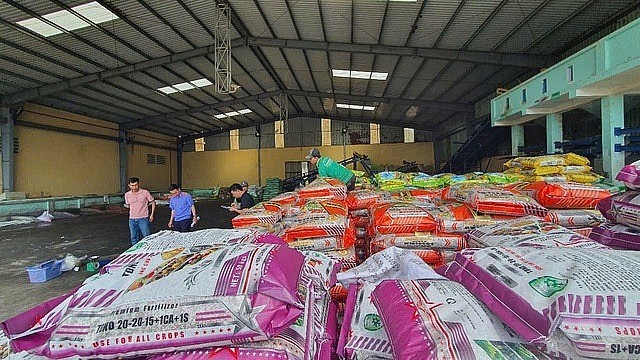
From fake fertilizers to green transformation: Opportunities in challenges

White Camellia: Nature-Healing Ornamental Treasure
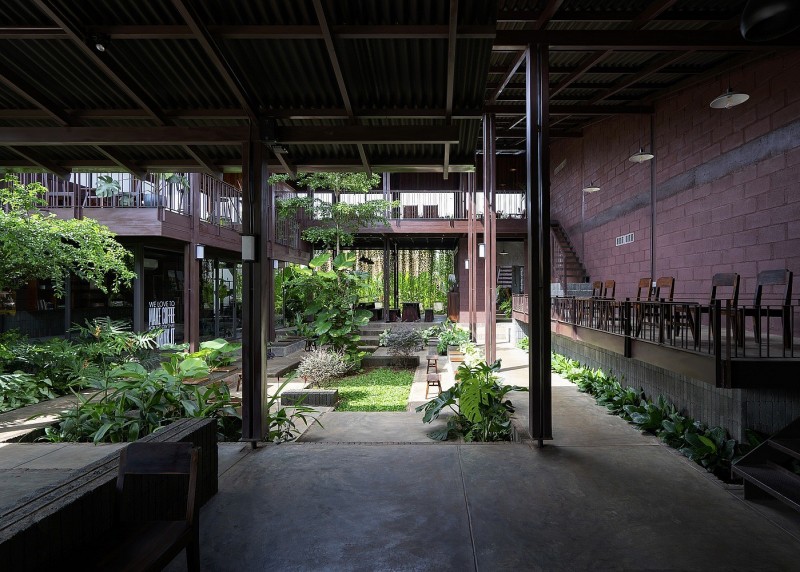
Coffee commune: A Green architectural space for community memory
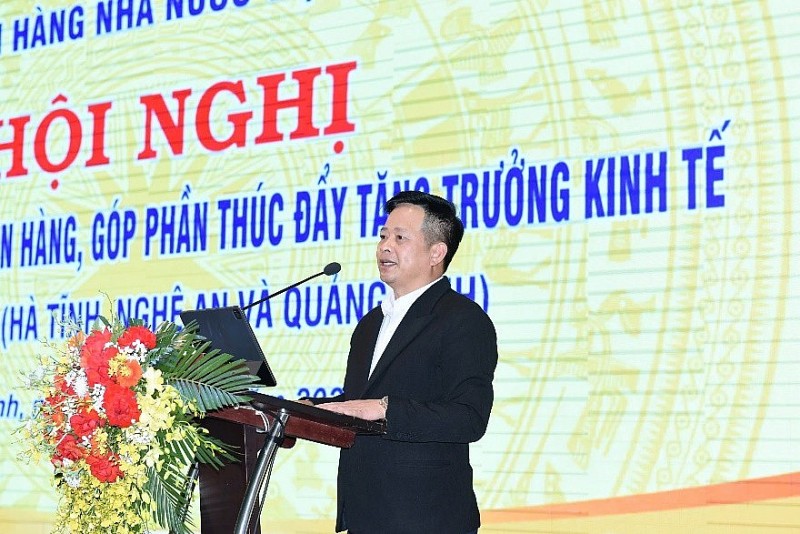
Accompanying sustainable agriculture: Perspective from Agribank and opportunities for developing Vietnam's Ornamental Plants industry
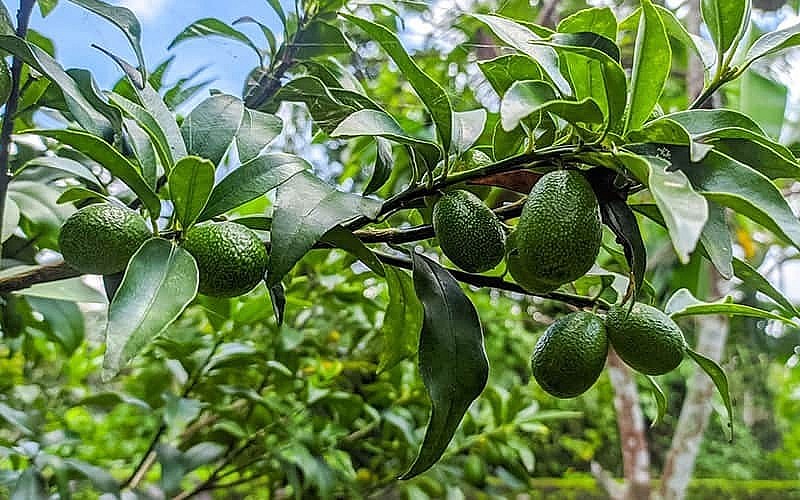
A superfruit widely grown in Vietnam, securing farmers stable income

STP Group: Nguyen Thi Hai Binh - The pioneer woman bringing the ocean into the circular economy and the journey of "connecting values - connecting the community"
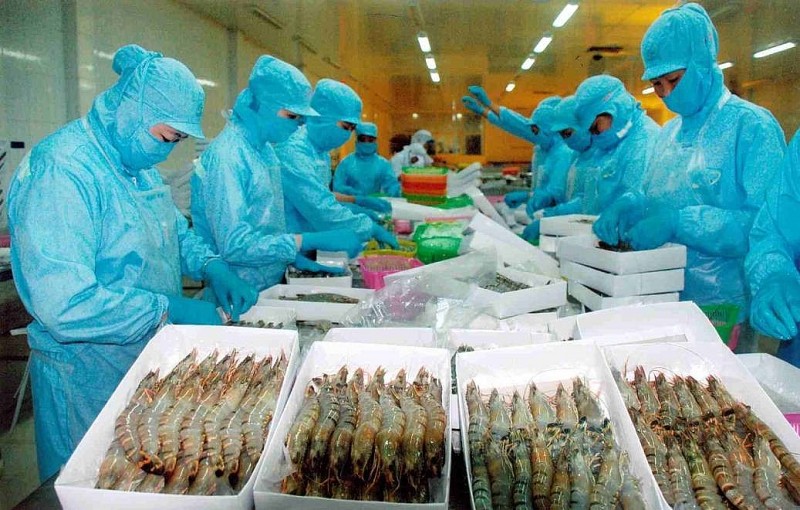
US imposes 46% reciprocal tax on Vietnamese goods: Risks and solutions for agricultural exports
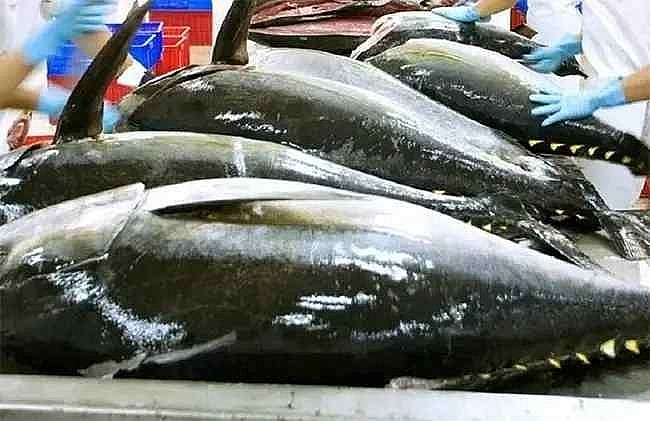
After durian, Vietnamese tuna emerges as a strong competitor to Thailand in global market

Vietnam named one of Asia’s top wildlife watching destinations
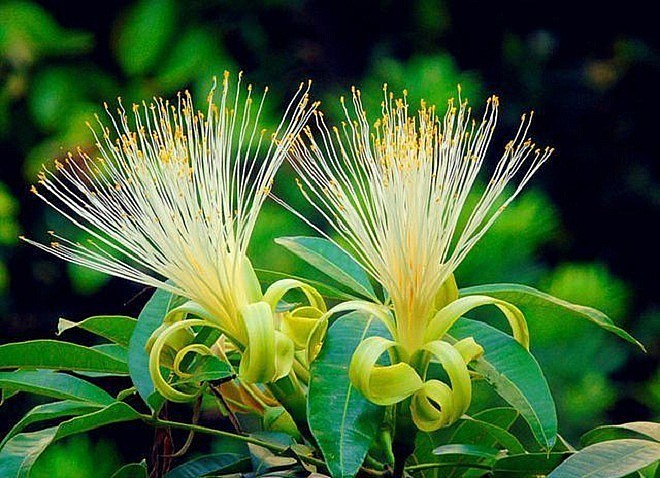
Blooming money tree - A rare omen of wealth and prosperity

Bún Flowers: Hanoi’s hidden floral delight
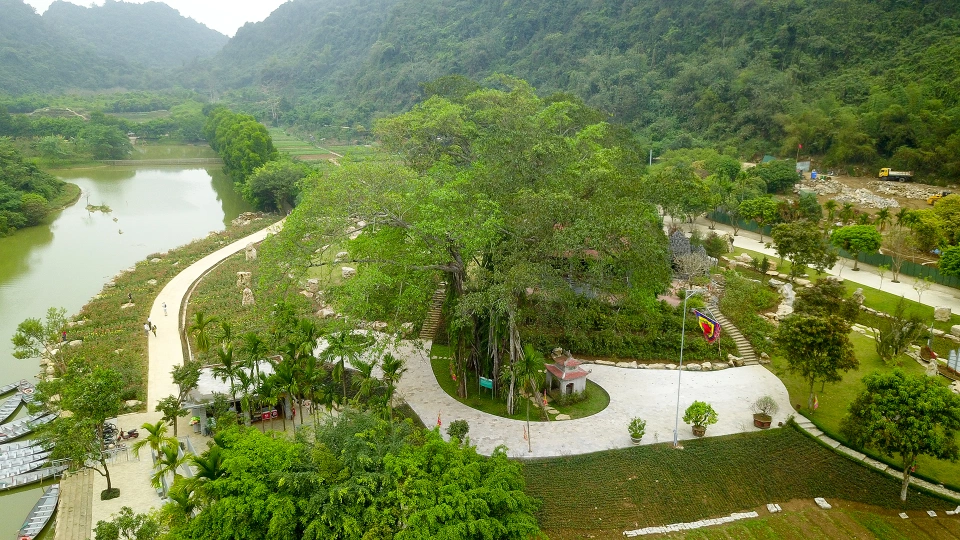
The thousand-year-old "moving" banyan tree in Ninh Binh, each step takes a century
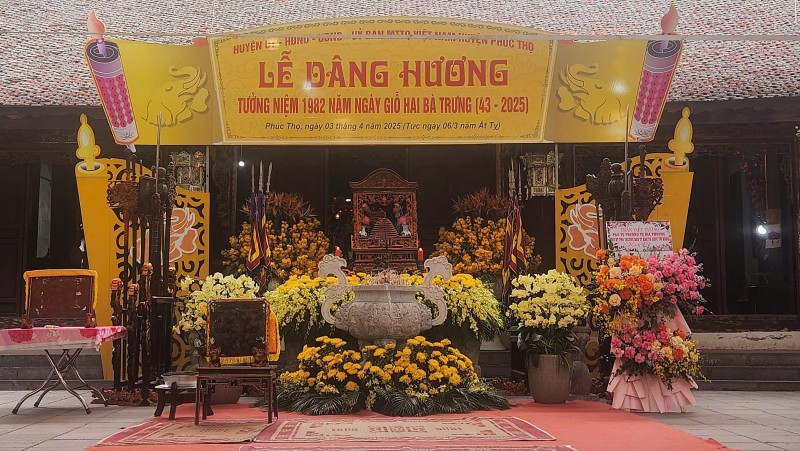
Hat Mon Temple – Historical Mark of Hai Ba Trung
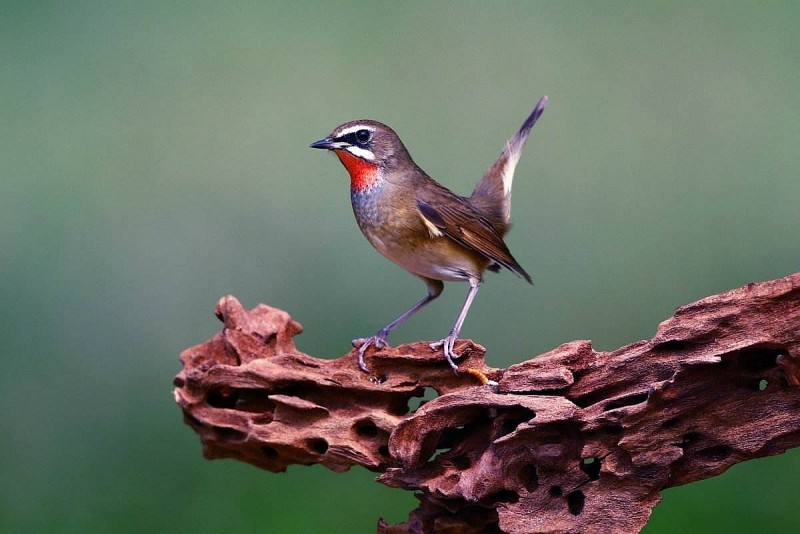
Discovering 4 bird species that have captivated the Chinese for centuries
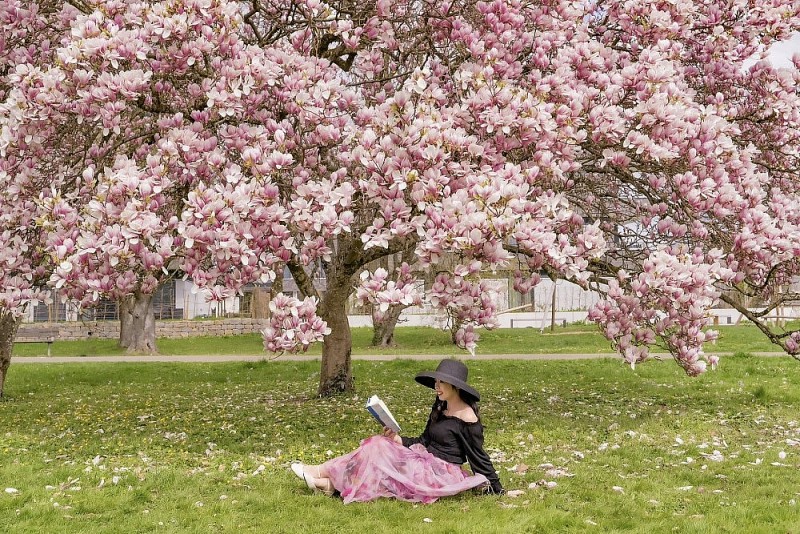
Vietnamese women and magnolia blooming seasons in Europe

Planting native species: A global trend for greener homes and bird-friendly spaces

56-year-old man living alone in the forest for 27 years with birds
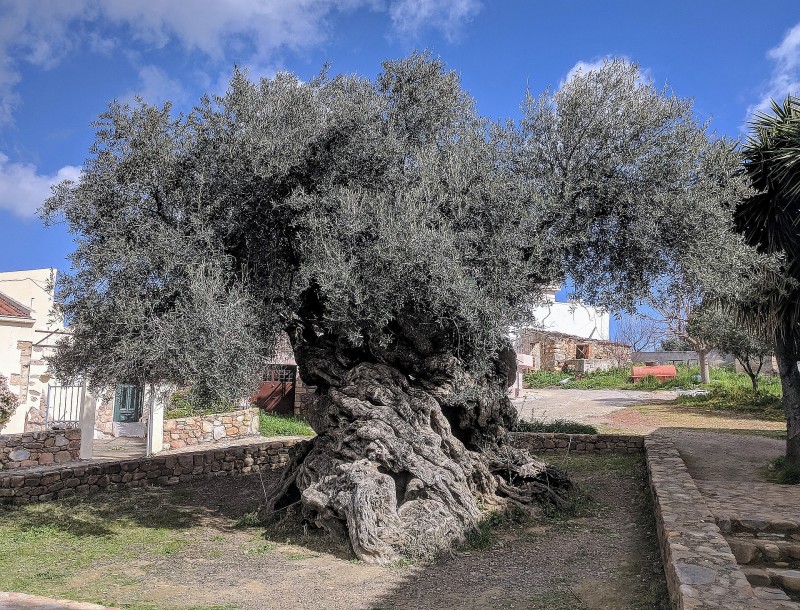
Gazing at a 5,000-year-old olive tree in Greece

Phong Nha - Ke Bang National Park: Revival of 7 rare Indochinese tigers
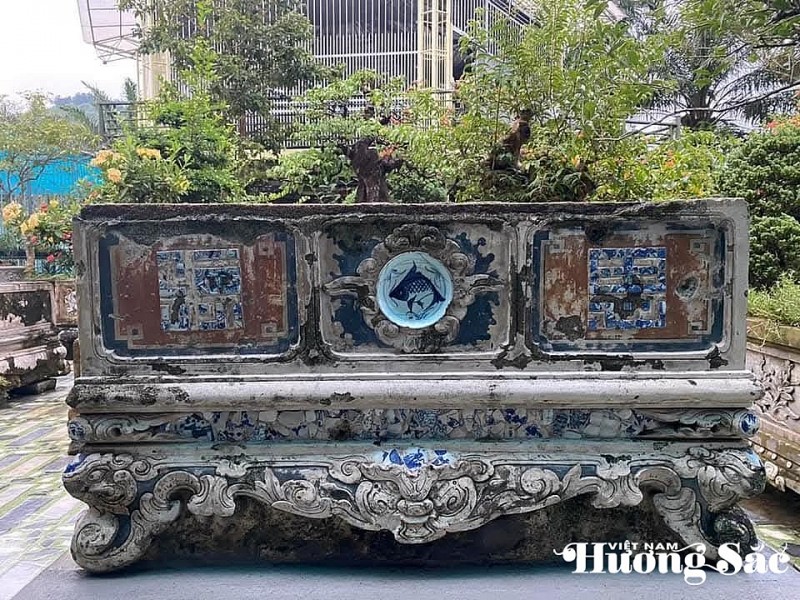
The 9X artist turns water hyacinth into living art
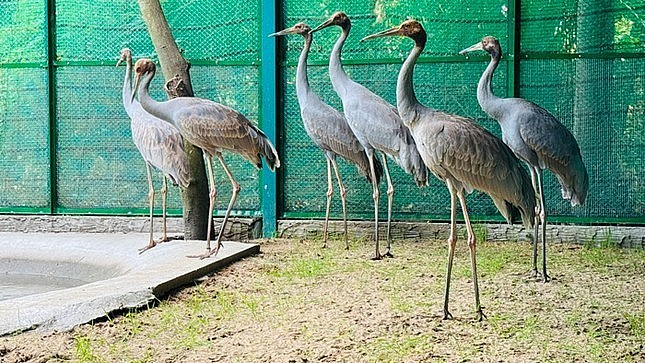
6 Sarus Cranes complete quarantine, set to return to Tram Chim National Park

Hong Loan Mai – The graceful charm of a bonsai beauty
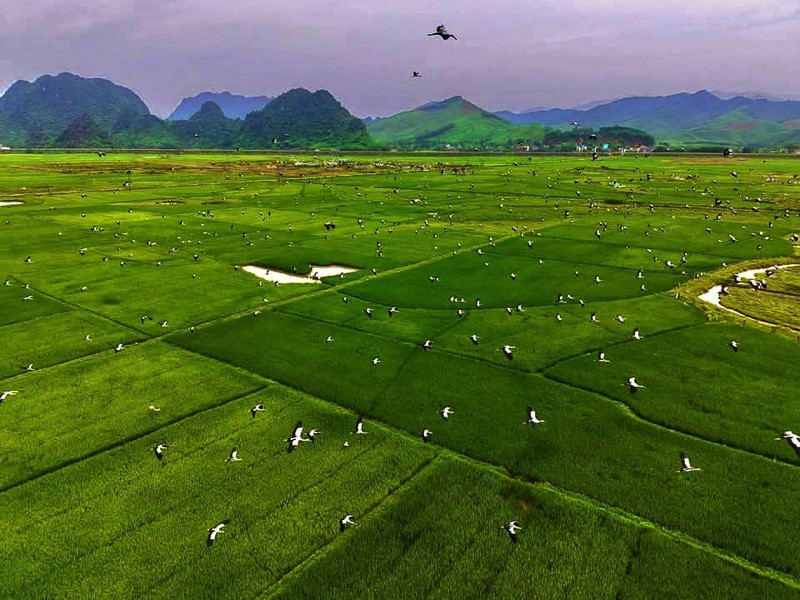
Endangered stork species making surprise appearance in Phong Nha - Ke Bang

Department of Crop Production and Plant Protection: "Orienting the total production value of flower and ornamental plant sector reach 70-75 trillion VND by 2025"

The 9X artist turns water hyacinth into living art

Over 1,000 artworks featured in the 2025 Expanded Ornamental Creatures Exhibition of Van Giang District

Endangered stork species making surprise appearance in Phong Nha - Ke Bang

Over 1,000 master bonsai trees gather in Quang Ngai, dazzling plant enthusiasts
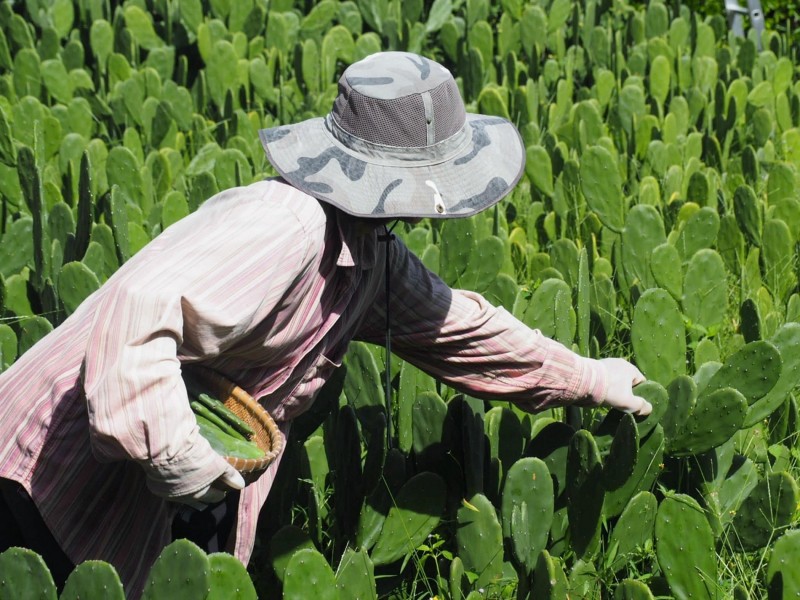
Leaving a $1,000 office job, engineer turns cactus into food and drink
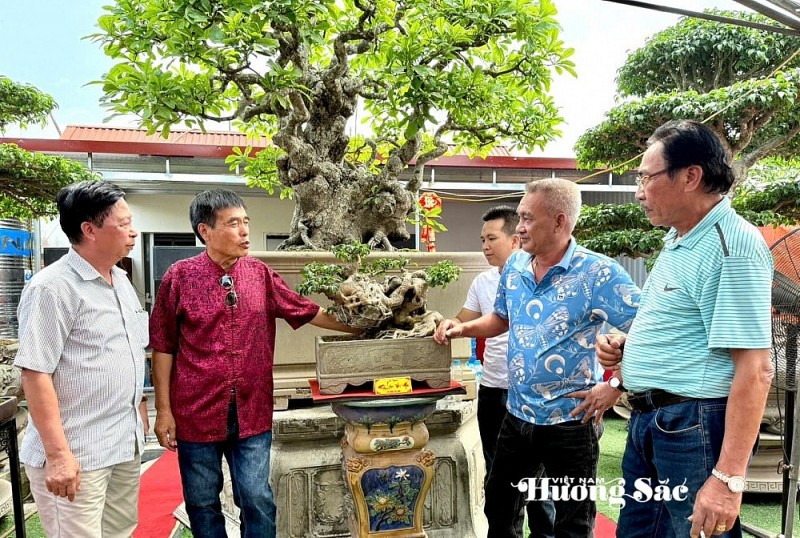
Hoa "Taxi" - A typical bonsai artist in Van Giang District, Hung Yen Province
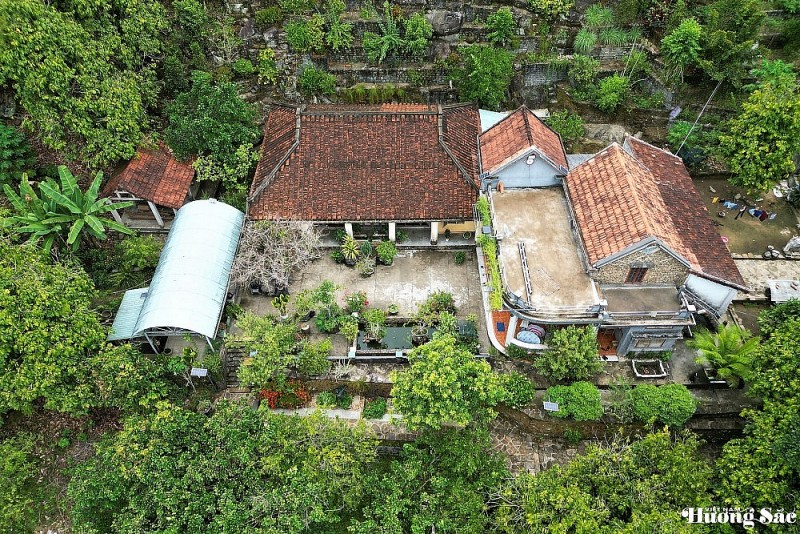
Look inside the million-dollar jackfruit wood ancient house in Quang Nam Province
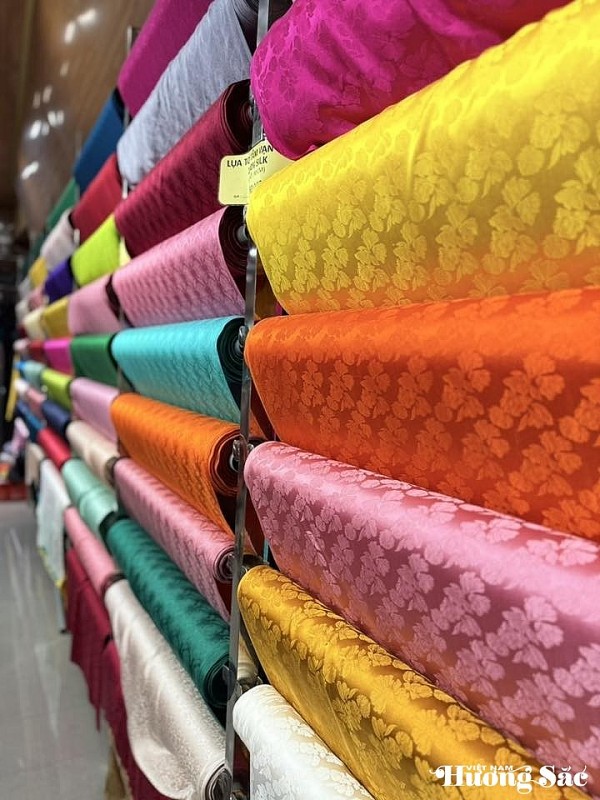
Van Phuc Silk Village: Weaving tranquility through memories and colors
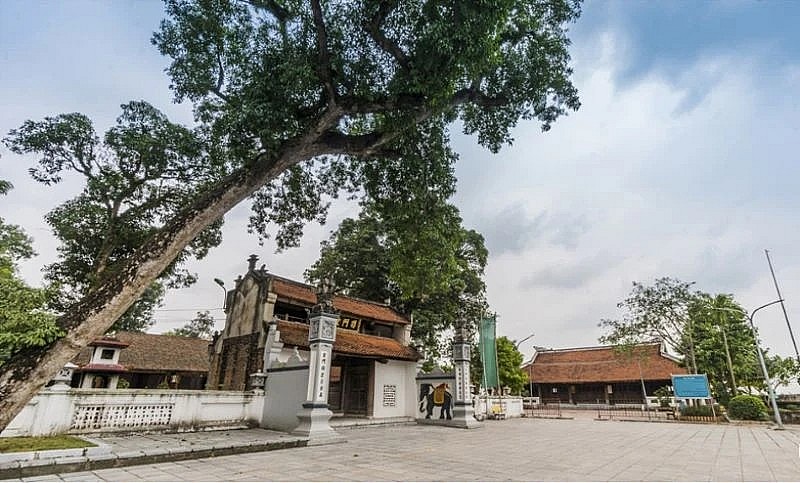
Exploring Hat Mon Temple in Hanoi
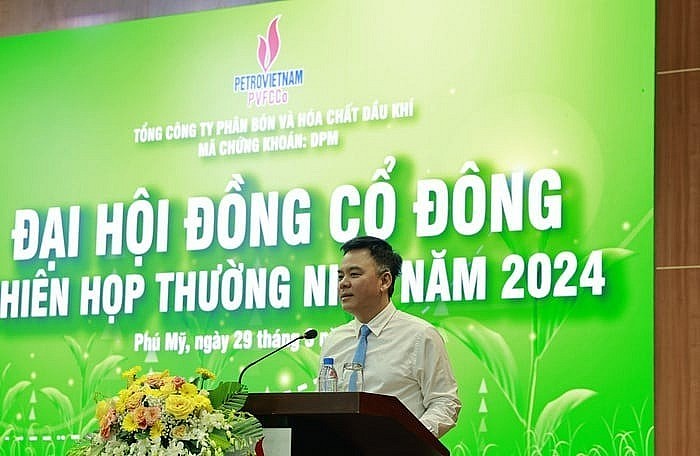
From the first granule of urea to a national brand: PVFCCo and its mission beyond the continent

STP Group: Nguyen Thi Hai Binh - The pioneer woman bringing the ocean into the circular economy and the journey of "connecting values - connecting the community"
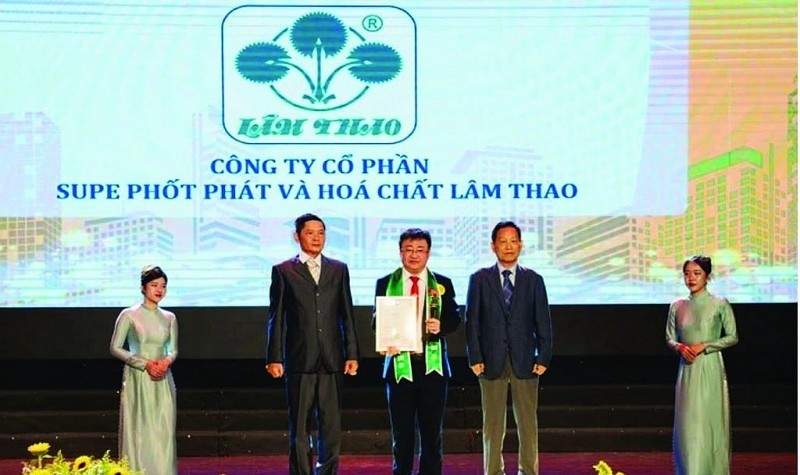
Toward the Celebration of the 63rd Anniversary of Lam Thao Superphosphate Company: From following President Ho Chi Minh’s wish to a national brand

Trailer introducing the special issue of Vietnam huong sac Magazine, published on May 19
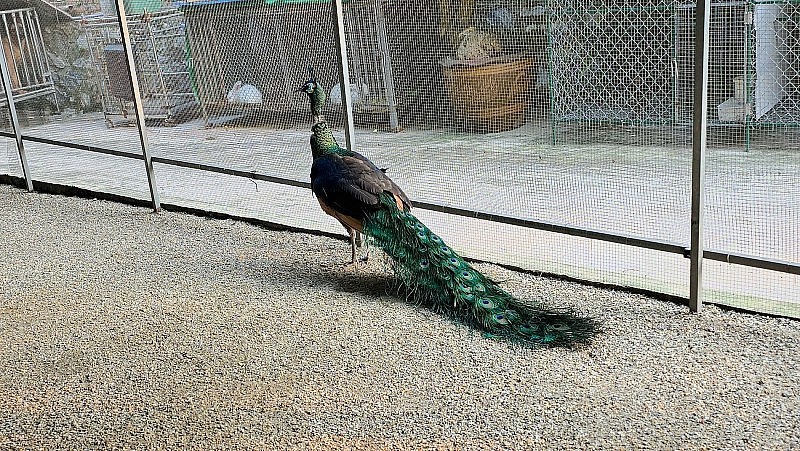
Surprised by rare songbirds at Dung Tan Center in Thai Nguyen Province
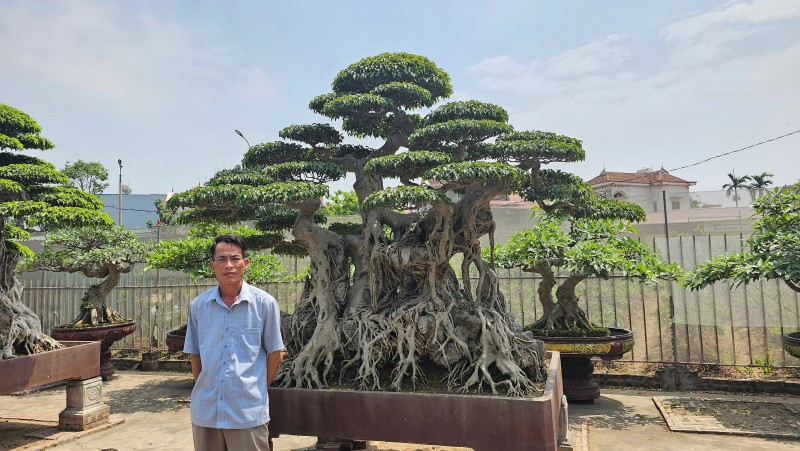
A passionate horticulturist committed to preserving the Sanh Da bonsai lineage in Hưng Yên

Look inside the million-dollar jackfruit wood ancient house in Quang Nam Province
